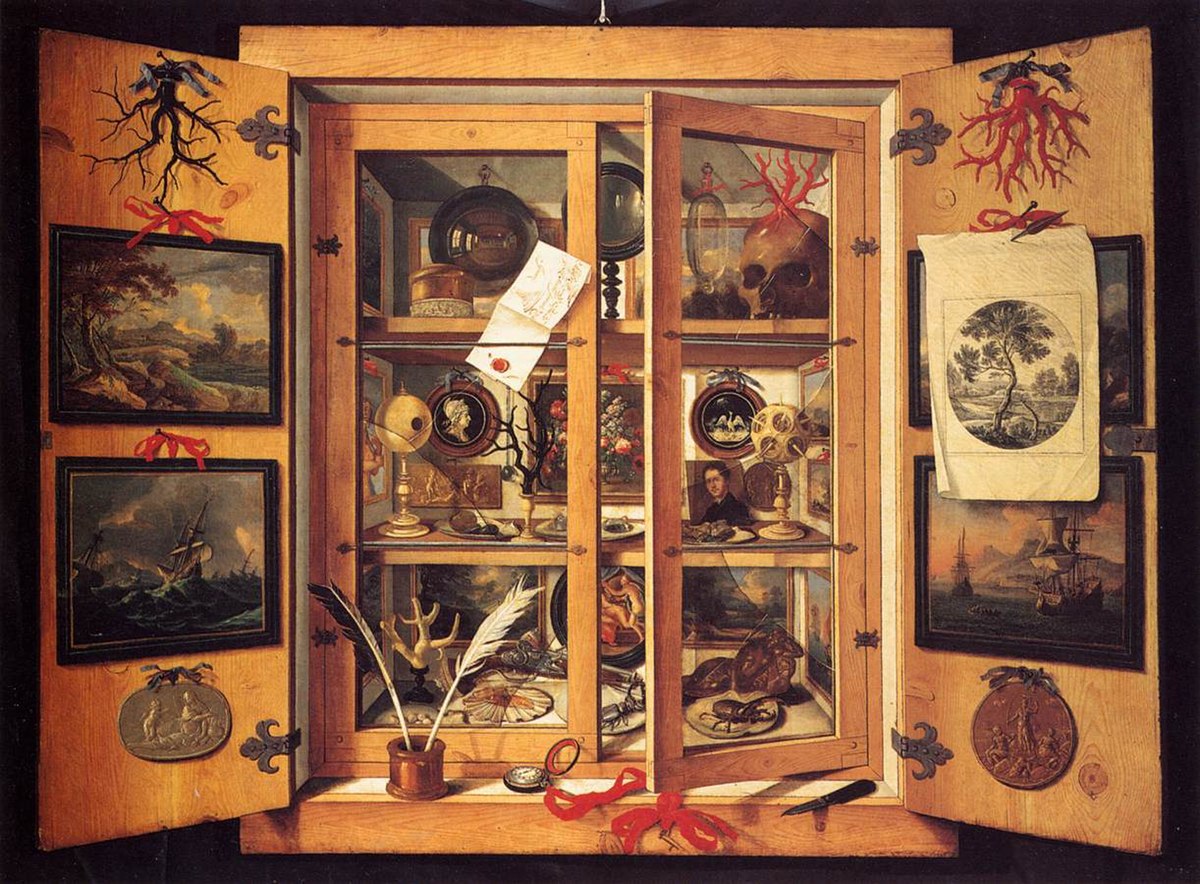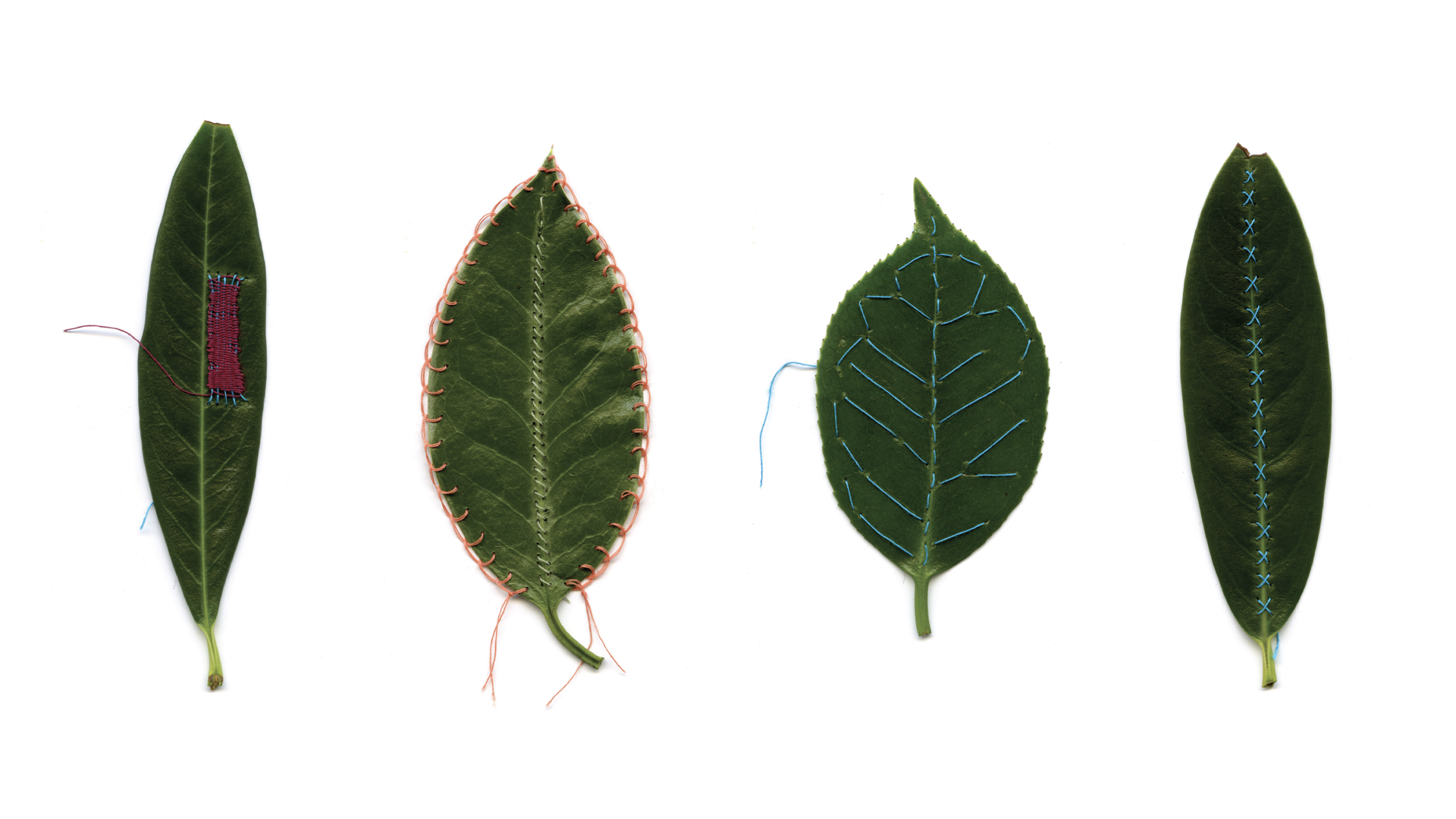Museum of Natural Histories
[2022-ongoing] Design Investigtation
This project recieved the Ecological Design Graduation Award – Honourable Mention
Natural history museums are scientific institutions that house a variety of specimens and records of anything from the Natural world. They have long, complicated and very colonial histories as they evolved from the western European Cabinets of curiosities, that were these personal collections of “exotic oddities”. Often contained in anything from a small wood and glass cabinet to an entire room. They go back to the 17th century and many of the world’s NHM’s originated as donations from academics’ personal collections.
![]()
Natural history museums are scientific institutions that house a variety of specimens and records of anything from the Natural world. They have long, complicated and very colonial histories as they evolved from the western European Cabinets of curiosities, that were these personal collections of “exotic oddities”. Often contained in anything from a small wood and glass cabinet to an entire room. They go back to the 17th century and many of the world’s NHM’s originated as donations from academics’ personal collections.


These original collections were made up from a range of objects and specimens, including cultural artifacts, geological matter, art, taxidermied specimens especially exotic creatures collected during colonial expeditions, and even sometimes included falsified specimens. The cabinets were not only curatorial pastimes, a form of entertainment and spaces of scientific study but also served as socioeconomic markers that helped establish the collectors rank in society.




In a contemporary context, these museums are no longer not only dedicated to exhibits of curious creatures but also primarily institutions with integrated labs that aim in studying and sustaining biodiversity, while also teaching the publics. As I started to look into the practices, values, and designed spaces of such institutions some of my feelings slowly transformed into thoughts. And through literature, interviews, behind the scenes, events and my own practice, these thoughts then grew into a project.
Now, I don’t only want to criticize NHM’s. They are, in countless ways, indispensable research spaces that lead to incredible breakthroughs and influence policy. They present those in power with the evidence to make decisions that could save countless beings and ecosystems from annihilation. They open up, the often unapproachable, scientific institutions to the public and show us where our western pedagogies and knowledge of ecology comes from.
However, though they are valuable, and in many ways beneficial, I also believe the model has many shortcomings, and is in all honesty, outdated. They often lack larger systemic approaches, forgetting the value of the embedded narratives that any being holds within themselves.
My design investigation resulted in the conclusion that (to me) NHM’s are “dead spaces”, which is deeply ironic as they are dedicated to the study and preservation of life.
They kill to study, dissect to understand and preserve bodies to tell facts. They present life through motionless skins that break down the complex meshwork’s of nature into digestible elements for our knowledge and viewing pleasure.

o
